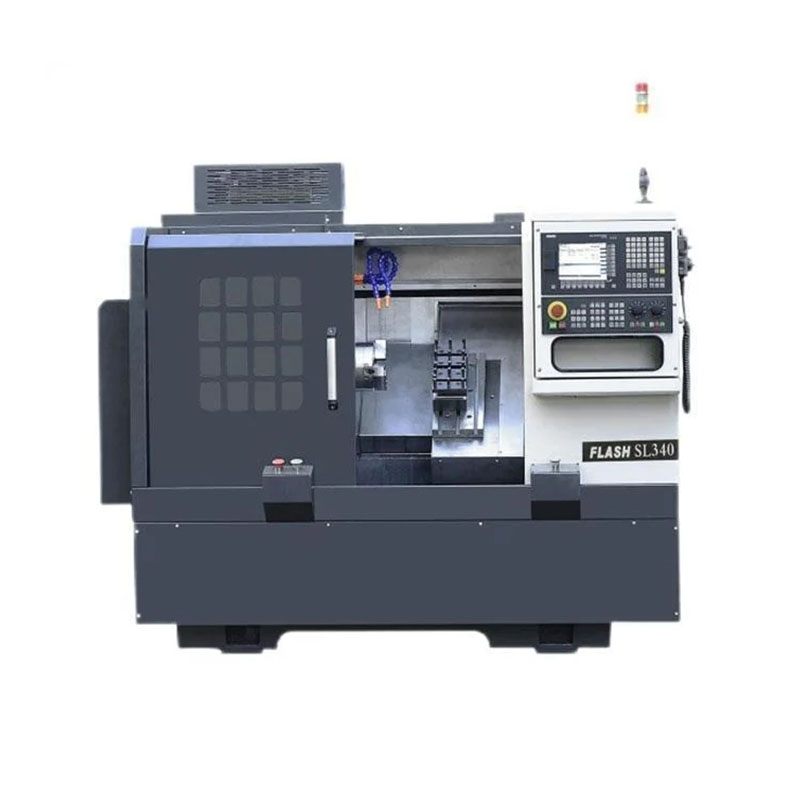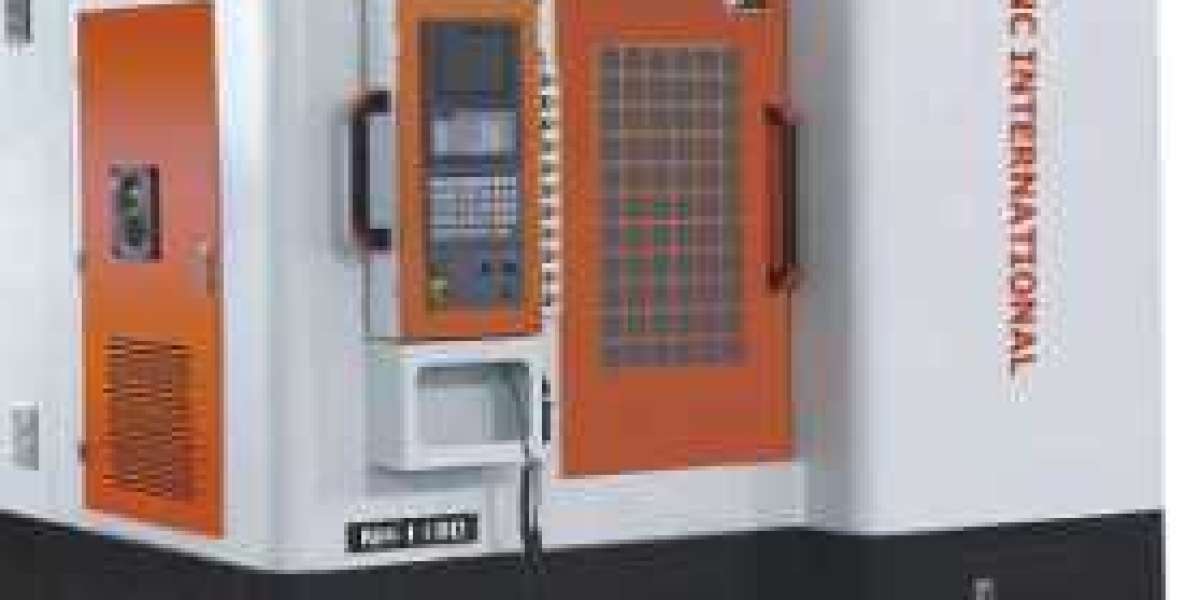A Rotary Transfer Machine Multi-Spindles system provides a practical solution for manufacturers seeking high throughput without compromising accuracy. By integrating multiple spindles across different machining stations, this setup significantly reduces cycle times and improves the overall efficiency of part production.

Each spindle performs a dedicated operation—such as drilling, tapping, reaming, or milling—while the rotary table indexes the workpieces to each station. With multiple spindles working simultaneously, every cycle processes multiple parts or multiple features on the same part, making it ideal for high-volume manufacturing environments.
Industries that benefit most from this configuration include automotive, fluid handling, and HVAC, where identical components like valve housings, manifolds, or couplings are produced in bulk. The synchronized motion ensures uniformity, and the repeatable fixture setup minimizes the risk of misalignment.
One of the standout advantages of rotary transfer machines with multi-spindle arrangements is the ability to reduce part handling. Parts are clamped once and remain fixed throughout the cycle, which helps maintain dimensional stability and reduces the need for post-processing corrections.
The integration of CNC or servo technology further enhances performance by offering programmable control over spindle speeds, feed rates, and indexing angles. This allows manufacturers to tailor machining parameters to specific materials or geometries.
Incorporating multi-spindle rotary systems into a production line is a strategic move for companies looking to increase output, lower per-unit cost, and maintain process stability.



